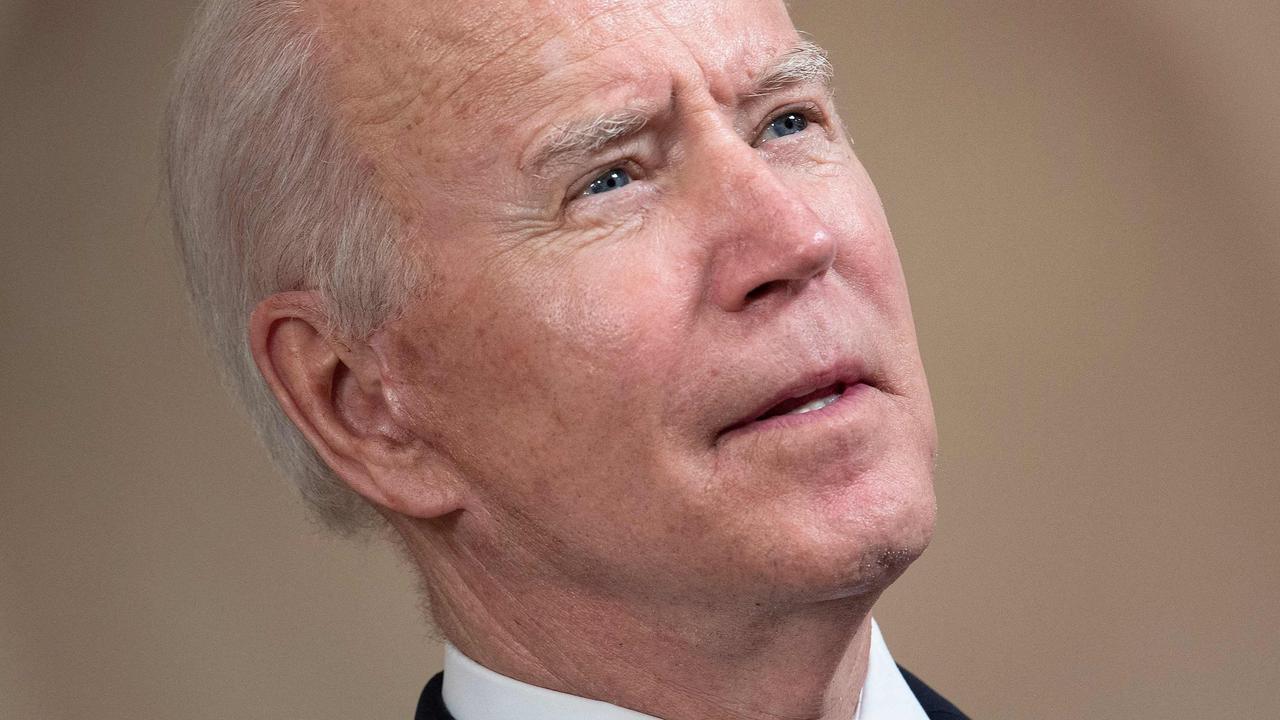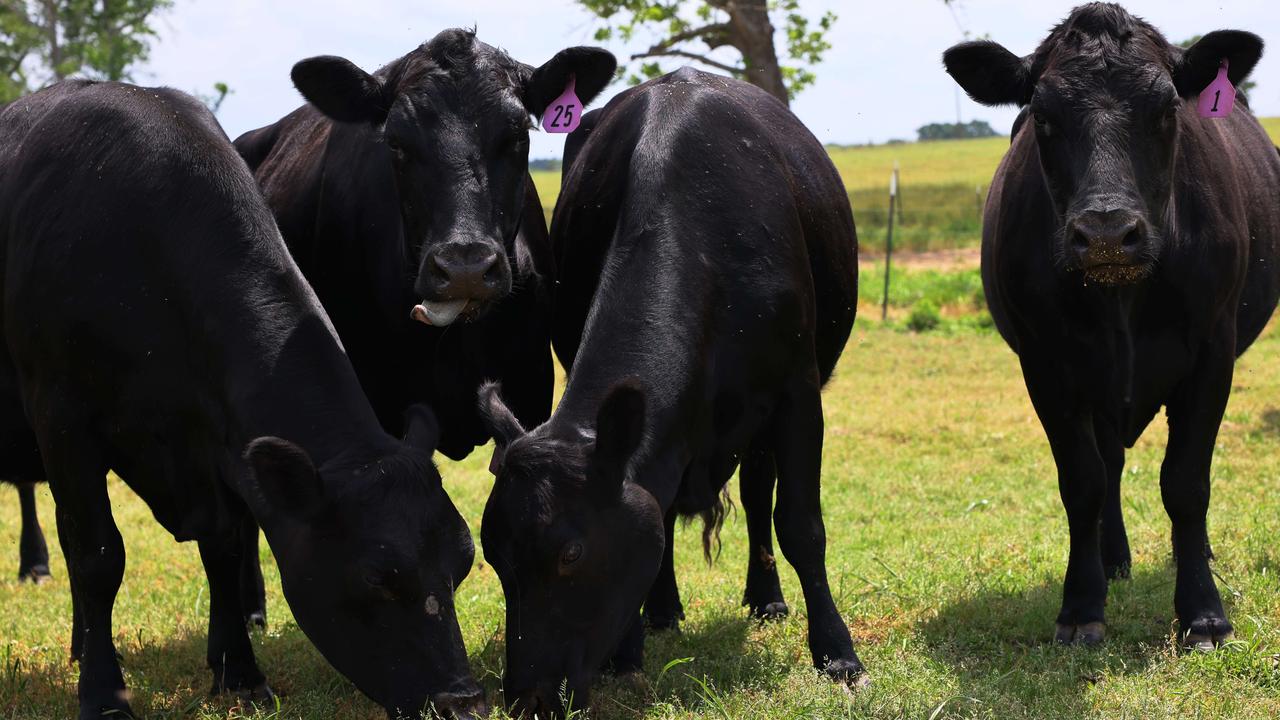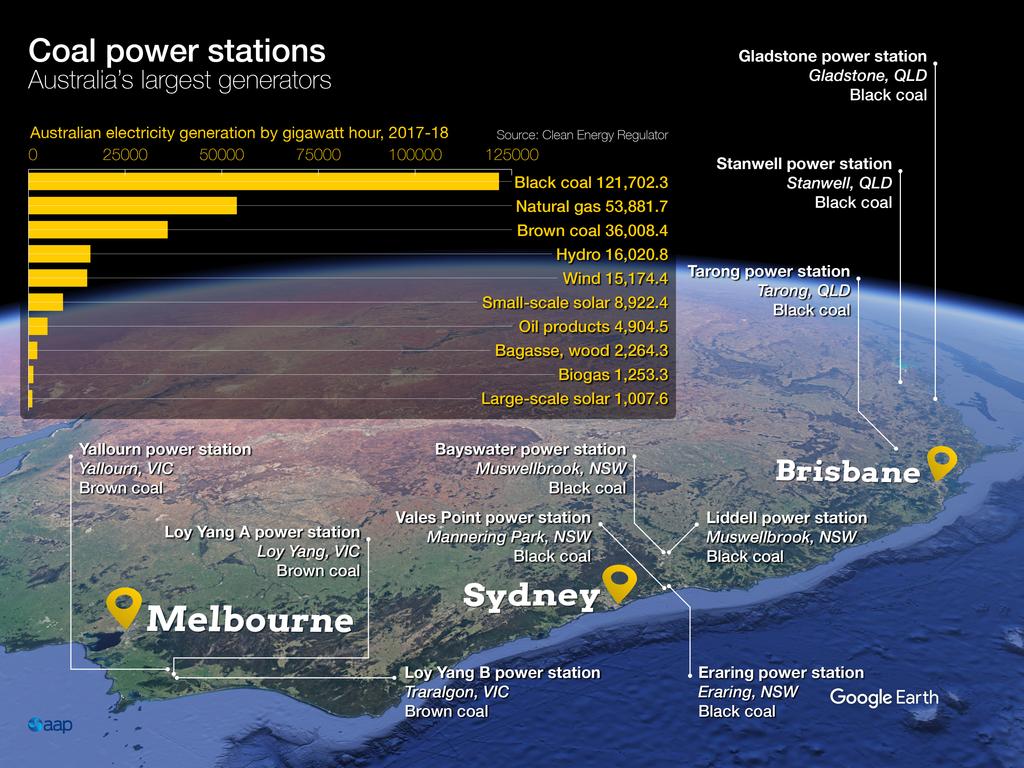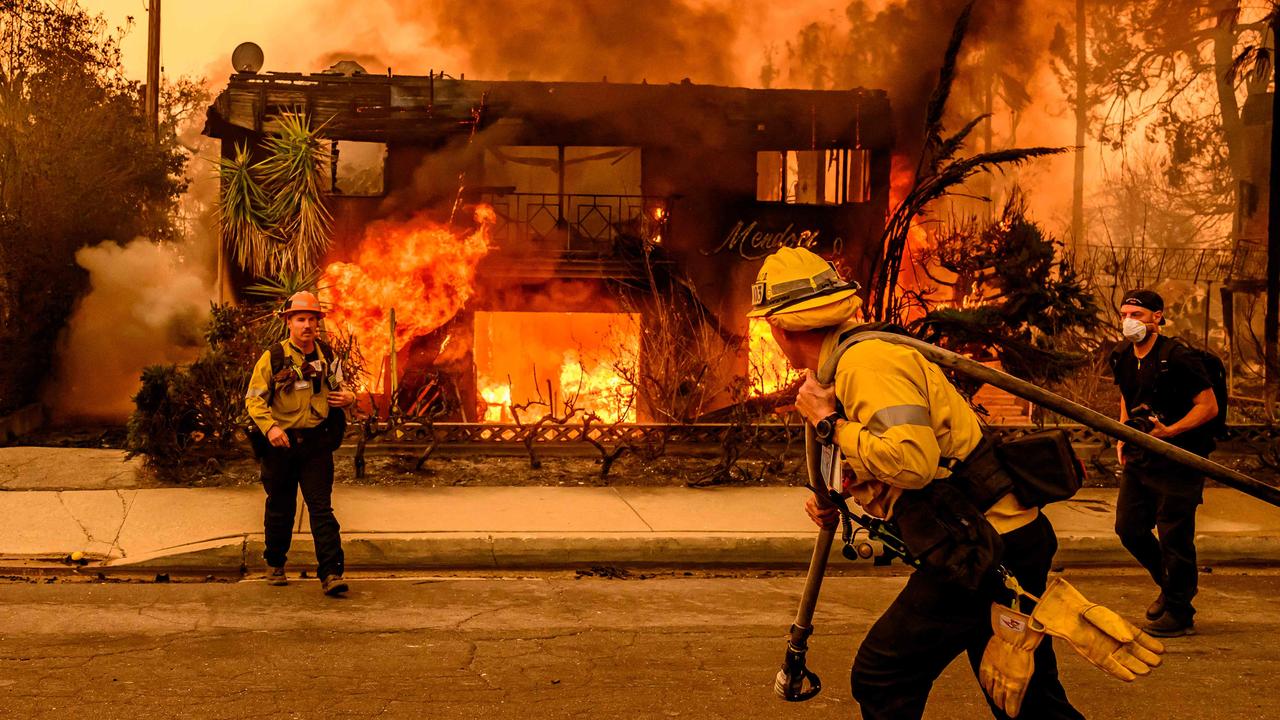Net zero emissions explained: What it means and how long it will take Australia to reach global goal
The Government has gone from barely talking about a key global issue to mentioning it a lot. But in one area, Australia is still being left behind.

It’s the climate change buzz term that’s entered the mainstream. And use of it has only increased due to the virtual climate summit organised by US President Joe Biden.
It’s not just Mr Biden talking about it; China’s Xi Jinping has been mentioning it in high level discussions for months now and UK PM Boris Johnson has zeroed in on it ahead of the UK holding a vital global climate meeting, called COP26, to be held in Glasgow in November.
That term is “net zero emissions”.
It’s three words Prime Minister Scott Morrison has previously not been particularly fond of uttering. Well, until recently that is. Now it’s all the rage and the PM has increasingly been dropping it into speeches. Yet even as most major nations lock in a date to get to net zero, Australia has still refused to do the same.
Anna Malos, Australia country lead at Melbourne-based non-profit organisation ClimateWorks told news.com.au that if Australia was getting at end of year report on its efforts to get to net zero — it would be a five out of 10.
“Australia has started from a difficult position with high emissions,” she said.
“Were moving really well in certain areas, particularly electricity, but we could try harder.”
The worry is if Australia doesn’t get a shimmy on, it won’t just be climate change that worsens, we could also miss out on an environmental economic boom.
So what does net zero emissions really mean? When is it going to happen? And how is Australia faring?
RELATED: Australia an ‘outlier’ on world stage before key climate talks

What is net zero emissions?
It’s the aim to get emissions across the globe down to zero. Simple to say; tricky to do.
That’s because lots of things create emissions and we can’t stop them all.
Even if we managed to get to zero emissions through electricity generation, cows would still burp and fart releasing methane into the atmosphere.
Given that animals are always going to belch (and we’re probably going to create emissions in other ways, too) the aim is to get to net zero emissions, not actual zero.
“We say ‘net zero’ because we’re not saying there will no emissions at all,” said ClimateWorks’ Ms Malos.
“There has to be a balance with situations where we can’t stop emitting.”
The emissions that continue might be balanced by “drawing down” carbon dioxide from elsewhere. So, planting more trees, for instance, which can soak up emissions.

Why is there a drive to get to net zero?
“Any addition to greenhouse gases, like carbon dioxide and methane, increase the amount of global warming. The sooner we get to net zero, the lower the amount of global warming,” said Ms Malos.
“If we get to net zero by 2050 we will add a certain amount of greenhouse gases, if we do it by 2060 it will be higher.”
How does net zero fit in with targets of limiting global warming to 1.5 or 2C?
The Paris climate summit of 2015 led to the Paris Agreement, which committed nations to holding any temperature increase to “well below 2C” above pre-industrial levels and preferably to 1.5C.
Since emissions warm the planet up, the more they can reduced the better.
But the world’s chances of reaching the Paris goals are not looking very good right now.
Already the globe has warmed by 1.1C — it’s likely to bust through 1.5C in the 2030s.
Climate scientists have said we need to redouble efforts to reduce emissions or we’ll end up at 3C of warming by 2090.

Is there a deadline for net zero?
Sort of. 2050 has been widely talked about as the net zero deadline. But it’s very ballpark and not every nation has signed up to that date.
Ms Malos said around 140 countries had now set specific targets for 2050 including most of Europe, the UK, New Zealand, the US, Canada, Japan and South Korea. China has gone for 2060.
At the Biden summit, the US set itself an interim goal of cutting greenhouse gas emissions in half by 2030 compared to 2005 levels.
Ms Malos said rich nations should be more ambitious in their goals as developing countries, with less resources and more dependent on fossil fuels, may take longer to get to zero.

What’s Australia net zero deadline?
It’s fair to say, Australia has beat around the bush when it comes to a deadline.
The Government does have an aim to reduce greenhouse gas emissions to 26–28 per cent below 2005 levels by 2030. Which is all very nice but other nations have set tougher targets. As for net zero, Mr Morrison has said a goal is to achieve net zero emissions “preferably by 2050”.
There was pressure on Australia to firm up on that 2050 date prior to the Biden summit. But the Government didn’t. Instead, Mr Morrison said Australia was “well on the way to meet our Paris commitments” and the long-term emissions strategy would be updated for November’s huge COP26 climate summit in Glasgow.
The dillydallying is a sign of how painful the issue of climate change is in Australia, even as the rest of the world is getting on with it.
It’s a deeply divisive issue within the Coalition with some MPs fearing it will be a jobs killer in communities dependent on mining or electricity generation.
ClimateWorks, however, has said if Australia wants to hit the 1.5C limit it should aim for 2035, not 2050.
“It’s possible, it just needs a lot of effort,” said Ms Malos.
What’s causing our emissions?
In Australia, electricity generation makes up around a third of our emissions. That’s because of plentiful supplies of cheap coal which are a key emissions driver.
Heavy industry, agriculture and transportation are also big belchers.
How do we get our emissions down?
The simplest way would be to use less coal. But that is politically a difficult proposition.
“The key to meeting our climate change ambitions is the commercialisation of low emissions technology,” Mr Morrison said in mid April.
But some doubt just how clean you can make coal.
Nonetheless, Australia is using less coal and more renewables and it’s the electricity generation sector where we’ve seen the biggest falls in emissions. We’re still using heaps of coal though in contrast to, say, the UK. Britain has almost managed to cut coal out of its energy mix completely and has seen its emissions fall.
“We’ve got these amazing resources in solar and wind which is second to none. We need to keep that momentum going,” said Ms Malos.
RELATED: Climate change a security threat to Australia

Are Australia’s emission falling?
Australia’s annual emissions have dropped from around 620 metric tonnes in 2006/7 to 539 metric tonnes in 2018/19, a fall of 13 per cent. But those falls plateaued around 2014.
Cuts in emissions from electricity generation have been more than offset by a gas industry boom.
What if we don’t get to net zero?
If the world flubs the aim to get to net zero emissions, scientists say average temperatures will rise and that will lead to huge climate impacts.
But Ms Malos said Australia would face another issue if we miss net zero — we’ll miss out on an economic boom.
Australia has the ability to be a major world force in cleaner hydrogen and other minerals that could power a green economy, she said. But other nations will happily profit from those industries instead if we stand still.
Some climate watchers have said net zero countries may even tax imports from nations that fail to reach that benchmark, including Australia.
“Other countries are already stepping up and if Australia doesn’t step up as well, we will lose some of our competitive advantage and those things that make our economy strong,” said Ms Malos.
“Everyone knows we’re in transition. The question is what are we going to do now to get on the front foot?”
Read related topics:Joe Biden




